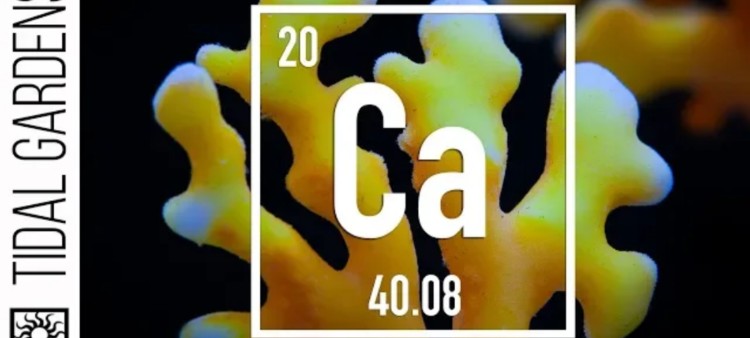A Guide to Calcium Levels in Reef Tanks
- Nov 07, 2021
- Anshika Mishra
- 152 0 0

Calcium and magnesium, and alkalinity are three major chemical parameters that are integral to stony coral growth. You will find that these three are linked as rises and falls of one affect the other and sometimes, in an inverse relationship.
In this article, we will be focusing mainly on Calcium. So, what is Calcium, and why should you bother to test for it.
An Introduction Calcium
Calcium is one of the major ions in Saltwater. It is the fifth most ion in Saltwater, behind chloride, sodium, sulfate, and magnesium. In most of the tanks, the calcium level hovers between 400-450 ppm.
Calcium is important because corals that build skeletons can deplete the levels of Calcium over time. Therefore, maintaining correct bioavailable calcium levels is necessary if you want to have healthy stony corals' growth.
The only way to know which you need to supplement Calcium is a test for it regularly because different aquariums will have different calcium needs. Fortunately, testing is easy to perform.
Testing Calcium
There are many brands for testing Calcium in your Saltwater. Most of the kits are basic titration, i.e., a test of buffering capacity. The first two chemicals stain the sample pink by slowly adding the third chemical to turn the solution blue.
The amount of solution required to turn the sample blue determines the level of Calcium in the water. You can perform the tests as mentioned over the package of your particular brand's testing kit.
Adding Calcium
On a quick glance, it would seem that simply adding more Calcium could easily boost it up into the 450 range. But, unfriendly, it is a little bit more complicated than adding.
The addition of a chemical supplement in the manner often comes with corresponding falls in alkalinity levels. This problematic seesaw effect between Calcium and alkalinity stems from how the two ions interact with one another. The two ions combine to form calcium carbonate, and they can follow a lot of solutions, which could end up lowering both levels.
We hope you find this article helpful in maintaining an awesome reef tank. Stay tuned for more Chemistry related content!






About author